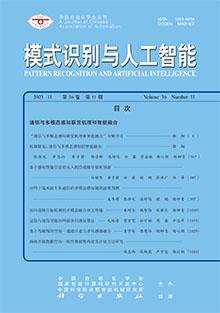Programming intermediate level vision tasks on parallel machines
Q4 Computer Science
引用次数: 3
Abstract
Issues related to exploitation of parallelism in the perceptual grouping process, a generally accepted paradigm for image segmentation, are explored. The segmentation process is analyzed at three levels: tasks which are performed during a grouping process, computational requirements of algorithms that implement these tasks; and representation of data which are produced/consumed by these algorithms. Based on this analysis, the computational characteristics and requirements of these tasks for parallel implementations are identified and a programming paradigm is suggested for their parallel implementation. It consists of a data representation scheme and a set of primitive operations which have been suggested as basis of languages for data parallel programming. Pseudocode is presented for practical segmentation tasks. The suggested paradigm is compared with other programming models suggested in the literature.<在并行机器上编程中级视觉任务
探讨了在感知分组过程中利用并行性的问题,这是一种普遍接受的图像分割范例。分三个层次对分割过程进行分析:分组过程中执行的任务,实现这些任务的算法的计算需求;以及这些算法产生/使用的数据的表示。在此基础上,确定了并行实现这些任务的计算特性和要求,并提出了并行实现这些任务的编程范式。它由数据表示方案和一组基本操作组成,这些基本操作已被建议作为数据并行编程语言的基础。伪代码用于实际的分割任务。建议的范式与文献中建议的其他编程模型进行了比较。
本文章由计算机程序翻译,如有差异,请以英文原文为准。
求助全文
约1分钟内获得全文
求助全文

 求助内容:
求助内容: 应助结果提醒方式:
应助结果提醒方式:


